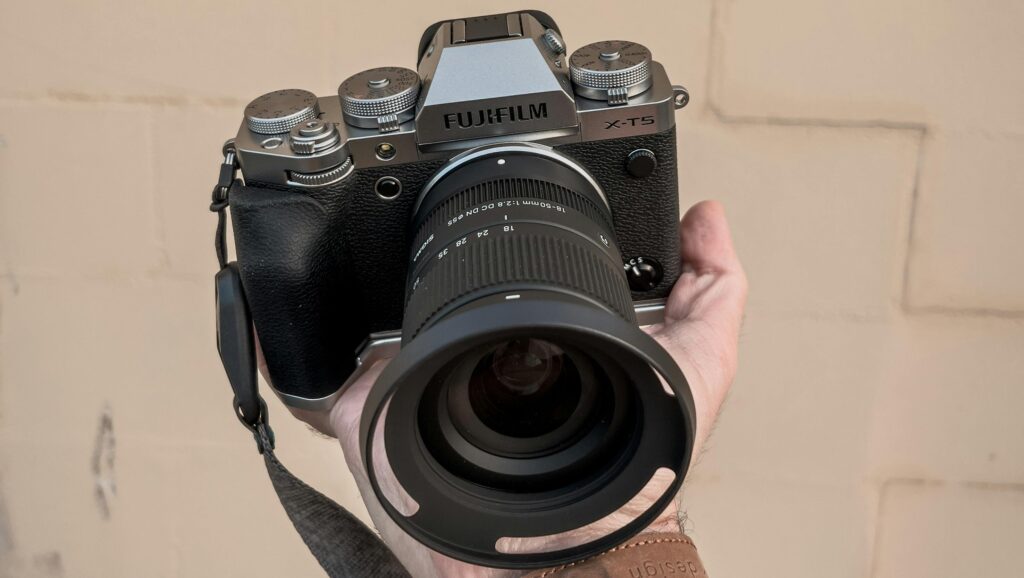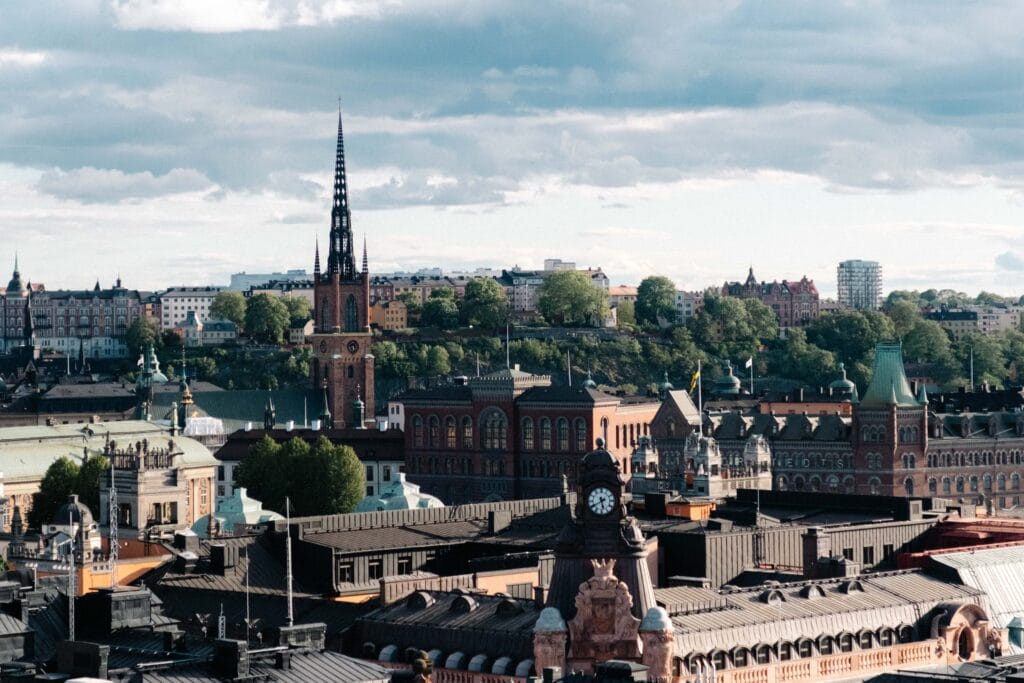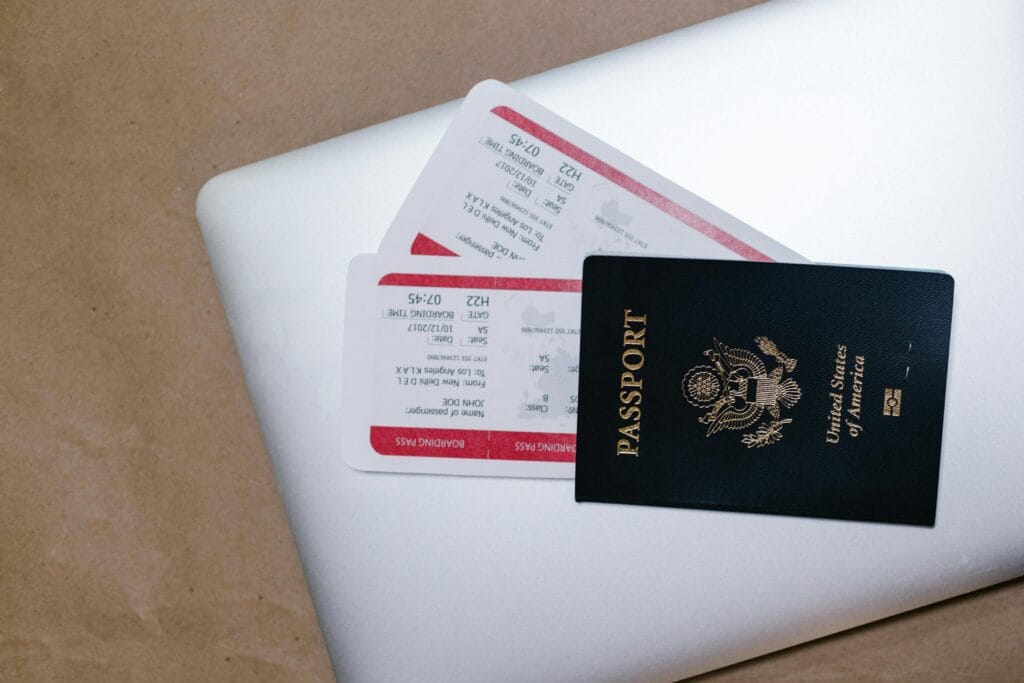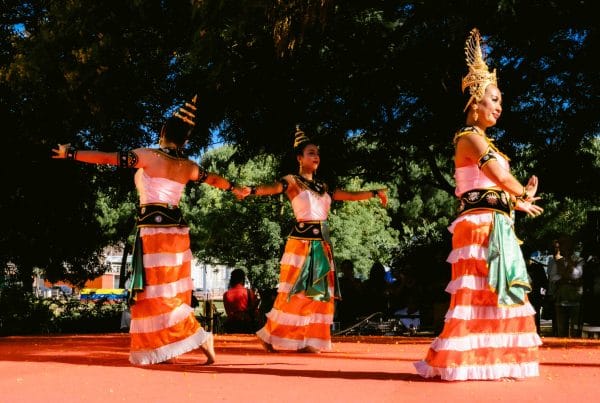Being an event photographer often means packing your office into a suitcase and turning any city into your studio, from corporate conferences in London to destination weddings in Bali. However, successfully managing travel logistics while delivering exceptional photography and videography requires careful planning and strategic thinking. These essential event photographer travel tips come from real-world experience, including my recent challenging corporate event shoot in Stockholm for an Argentinian water tech startup’s sustainability conference. Every traveling event photographer should know these crucial strategies for success.
1. Master Your Flight Strategy and Connection Planning
The Challenge: Budget constraints often mean accepting connecting flights, but tight connections can jeopardize your entire shoot. This is one of the most critical event photographer travel tips to understand early in your career.
During my Stockholm trip, I learned this lesson the hard way. To stay within budget, I booked a Lisbon-Amsterdam-Stockholm route with a very short connection window. When my first flight was delayed, I literally had to sprint through Amsterdam airport to catch my connecting flight. The stress was unnecessary and could have been avoided.
Expert Tip: Always allow at least 2-3 hours between international connections when traveling with photography equipment. Yes, it might cost slightly more, but missing your flight means missing your event entirely. Book flights as early as possible once your event is confirmed, as prices increase dramatically with last-minute bookings.
Pro Strategy: If you must take connecting flights, consider:
- Booking your outbound and return flights with extra buffer days
- Flying the day before your event, never the same day
- Using the same airline for connections to improve rebooking options if delays occur
2. Perfect Your Carry-On Kit Strategy
Why This Matters: Checking photography equipment is risky business. Airlines lose bags, and delicate camera gear doesn’t survive rough handling well. Smart packing is among the most valuable event photographer travel tips for protecting your investment.
For my Stockholm conference shoot, I traveled with only carry-on luggage to avoid fees and eliminate the risk of lost equipment. My hybrid setup included a Fujifilm XT-5 for both video and photography, which kept weight down while maintaining quality.

Essential Carry-On Kit:
- Primary camera body (hybrid video/photo capable)
- Fast prime lens for portraits and low light
- Versatile zoom lens for event coverage
- Multiple high-speed SD cards
- External SSD for immediate backups
- Compact flash unit
- Wireless microphone system
- Work laptop for immediate editing
- All charging cables and international adapters
Packing Tip: Invest in a high-quality camera backpack that fits airline carry-on dimensions. I used both a camera backpack and a holdall, which created challenges fitting everything in overhead bins. A well-designed single bag system works better.
3. Plan Your Backup Strategy Before You Need It
The Reality: When you’re thousands of miles from home, equipment failure isn’t just inconvenient—it’s catastrophic.
Non-Negotiable Backup Items:
- Multiple high-speed SD cards (never rely on a single card)
- External SSD or hard drive for video footage
- Backup charging solutions
- Essential cables (HDMI, USB-C, etc.)
- Basic cleaning kit for lenses
Memory Management: For video-heavy events, fast SD cards and immediate backup to SSD are crucial. Don’t wait until the end of the day—back up during breaks between sessions.
4. Budget Realistically for International Work

The Hard Truth: Travel costs add up faster than you expect, and underestimating them hurts your profitability.
My Stockholm experience taught me that trying to cover flights, accommodation, food, transport, and insurance within a tight original quote creates unnecessary stress. The connecting flight situation arose because I was trying to stick to a budget that didn’t allow for direct flights.
Essential Budget Categories:
- Flights (with buffer for direct routes when possible)
- Accommodation (arrive one day early, leave one day after)
- Local transport and airport transfers
- Meals and incidentals
- Gear and travel insurance
- Visa/work permit fees if required
Client Communication: Be transparent about travel costs upfront. Explain that international event photography includes these necessary expenses, and they should be reflected in your quote rather than absorbed from your creative fee. This transparency is one of the fundamental event photographer travel tips that protects your business profitability.
5. Navigate Visa and Work Permit Requirements
 Critical Consideration: Shooting commercially in a foreign country often requires proper work authorization.
Critical Consideration: Shooting commercially in a foreign country often requires proper work authorization.
Before accepting international work, research the specific visa requirements for your destination. Some countries allow short-term commercial photography on tourist visas, while others require work permits.
Essential Steps:
- Research visa requirements early in the planning process
- Communicate with clients about providing necessary documentation
- Ensure clients have appropriate model releases and permissions
- Understand local laws regarding photography in public spaces
- Keep all paperwork organized and easily accessible during travel
6. Optimize Your Pre-Event Communication
The Key: Managing client expectations and gathering crucial information before you travel prevents problems later. Effective communication ranks among the most important event photographer travel tips for international assignments.
Essential Client Discussions:
- Venue layout and lighting conditions
- Expected attendance numbers
- Event schedule and key moments to capture
- Deliverable timeline and format requirements
- Local contact information and emergency numbers
- Budget approval and deposit security
Time Zone Coordination: When scheduling calls with international clients, always confirm time zones explicitly. Use tools like World Clock Pro to avoid missed meetings.
7. Research Your Destination Strategically
Beyond Google Maps: While satellite imagery helps, nothing replaces on-ground reconnaissance.
Use your early arrival day to visit the venue in person. Check lighting conditions, identify power outlet locations, scout the best angles, and understand traffic flow patterns.
Research Tools:
- Google Maps for venue layout and surrounding area
- Local weather patterns and seasonal considerations
- Cultural norms and photography etiquette
- Language basics if English isn’t widely spoken
Stockholm-Specific Learning: The weather was highly variable—bright sun, rain, and clouds all in one day. This taught me to always pack weather protection for both myself and my gear, regardless of the forecast.
8. Build Relationships with Local Contacts
 Your Secret Weapon: A good local contact makes everything easier.
Your Secret Weapon: A good local contact makes everything easier.
Whether it’s your client’s local coordinator or a recommended local photographer, cultivate these relationships. They provide insider knowledge about venues, can help with last-minute equipment needs, and serve as valuable problem-solvers.
Best Practices:
- Save all contact details in your phone before traveling
- Be personable and professional in all interactions
- Respect local customs and working styles
- Express appreciation for their assistance
9. Leverage Technology for Organization
Stay Organized: International shoots involve more moving parts than local events.
Essential Apps and Tools:
- Apple Wallet/Google Pay: Store boarding passes and event tickets
- Notion or similar: Create detailed checklists and store important information
- Gmail/Email: Ensure all travel confirmations and client communications are accessible offline
- Weather Apps: Monitor conditions for both gear protection and creative planning
- Currency Converter: For managing local expenses
- Translation Apps: For basic communication needs
10. Prepare for the Unexpected
Murphy’s Law: Everything that can go wrong will go wrong at the worst possible moment.
Common Scenarios and Solutions:
- Flight delays: Build buffer time into your schedule
- Equipment malfunction: Know local camera shops or rental houses
- Memory card failure: Always shoot to dual cards when possible
- Weather changes: Pack appropriate protection for gear and yourself
- Language barriers: Download offline translation apps
- Cultural misunderstandings: Research local customs beforehand
Insurance is Non-Negotiable: Invest in comprehensive coverage for both your equipment and travel disruptions. The peace of mind alone is worth the cost, allowing you to focus on creating great work instead of worrying about “what if” scenarios.
Final Thoughts: Embrace the Adventure
Traveling as an event photographer combines the excitement of exploring new places with the satisfaction of capturing important moments for clients. The Stockholm water sustainability conference presented unique challenges, from navigating connecting flights to adapting to variable weather conditions, but these experiences make you a more resilient and capable photographer. These event photographer travel tips come from real situations that test your adaptability and professionalism.
The key to success lies in thorough preparation, realistic budgeting, and maintaining flexibility when plans change. Each international assignment teaches valuable lessons that improve your approach for future travels, building your repertoire of practical event photographer travel tips.
Remember: clients hire traveling event photographers not just for technical skills, but for the ability to deliver professional results regardless of location or circumstances. Master these travel fundamentals, and you’ll build a reputation as a photographer who can handle any destination with confidence and professionalism.
Ready to take on your next international event photography assignment? Start with thorough planning, pack smart, communicate clearly, and always expect the unexpected. The world is full of incredible events waiting to be documented by skilled photographers who know how to travel effectively.





